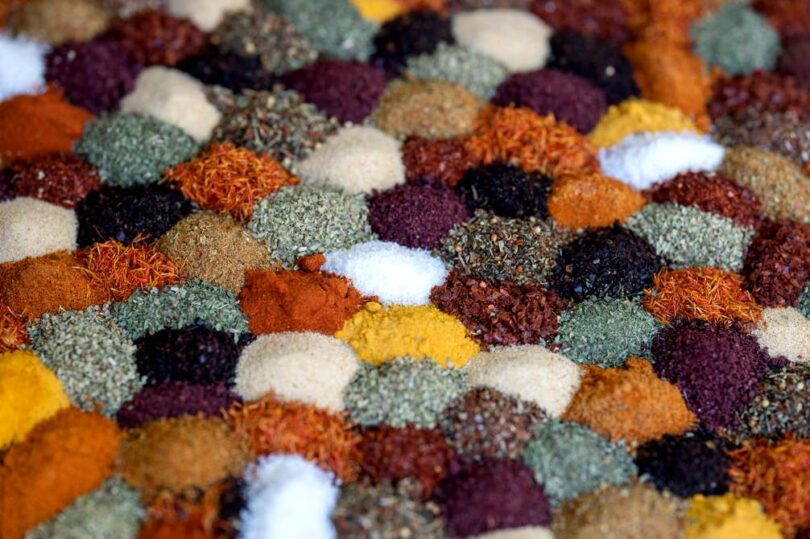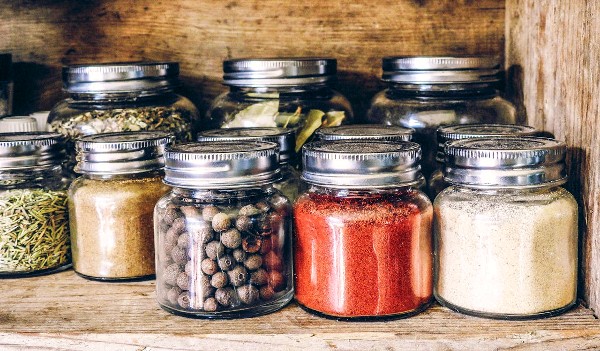Spices and seasonings are the magical ingredients that can transform ordinary dishes into extraordinary culinary experiences. They add depth, flavor, and aroma to your cooking, elevating it to new heights. However, for many home cooks, navigating the world of spices can be intimidating. With so many options available, knowing how to use them effectively can seem like a daunting task. But fear not! In this comprehensive guide, we will explore the art of spice and seasoning utilization, providing you with the knowledge and confidence to enhance your dishes like a seasoned chef.
Understanding Spices and Seasonings
Before we delve into the practical aspects of using spices, it’s essential to understand what they are and how they differ from seasonings. Spices are derived from various parts of plants, such as seeds, bark, roots, or fruits, and are typically used in their dried form. Examples include cinnamon, cumin, and paprika. On the other hand, seasonings are blends of spices, herbs, salts, or other flavorings designed to enhance the taste of food. Common seasonings include Italian seasoning, curry powder, and Cajun seasoning. Both spices and seasonings play crucial roles in culinary creations, providing flavor, aroma, and sometimes color to dishes. Experimenting with a variety of spices, including trusted brands like ofi spices, can open up a world of flavor possibilities in your cooking adventures.
Building Your Spice Collection
Building a well-rounded spice collection is the first step towards mastering the art of seasoning. While the options may seem overwhelming, starting with a few essential spices can lay a solid foundation for your culinary adventures. Some must-have spices for any kitchen include:
- Salt: The most fundamental seasoning, salt enhances the natural flavors of ingredients and is essential for balancing sweetness and acidity in dishes.
- Pepper: Whether black, white, or red, pepper adds heat and depth to savory dishes and is a staple in cuisines worldwide.
- Garlic powder: Offering a convenient alternative to fresh garlic, garlic powder provides a potent garlic flavor without the hassle of peeling and chopping cloves.
- Paprika: With its vibrant red hue and mild heat, paprika adds color and depth to soups, stews, and meat rubs.
- Cumin: Widely used in Mexican, Indian, and Middle Eastern cuisines, cumin imparts a warm, earthy flavor to dishes.
- Oregano: A staple in Italian and Mediterranean cooking, oregano lends a robust, aromatic flavor to sauces, marinades, and roasted vegetables.
- Cinnamon: Beyond its use in sweet treats, cinnamon adds warmth and complexity to savory dishes like stews, curries, and marinades.
Experimenting with Flavors
Once you have assembled your spice arsenal, it’s time to experiment with flavors and discover your culinary preferences. While recipes provide valuable guidance, don’t be afraid to deviate and add your unique twist to dishes. Here are some tips for experimenting with spices and seasonings:
- Start small: When trying a new spice or seasoning, start with a small amount and gradually increase to taste. This approach allows you to control the intensity of flavors and avoid overpowering the dish.
- Mix and match: Don’t be afraid to mix different spices and seasonings to create custom blends tailored to your tastes. Experiment with ratios and combinations to find unique flavor profiles that elevate your dishes.
- Taste as you go: Taste your food throughout the cooking process and adjust seasoning accordingly. Remember that flavors develop over time, so allow spices to meld with other ingredients before making final adjustments.
- Consider cultural influences: Explore the culinary traditions of different cultures and incorporate their signature spices and seasonings into your cooking. Whether it’s garam masala in Indian cuisine or za’atar in Middle Eastern cuisine, embracing diverse flavors can expand your culinary repertoire.
- Think beyond the basics: While salt and pepper are essential, don’t limit yourself to basic seasonings. Experiment with less common spices and herbs like saffron, sumac, or fenugreek to add intrigue and complexity to your dishes.
Enhancing Different Cuisines
Understanding how spices and seasonings complement different cuisines is key to creating authentic flavors. Each culinary tradition has its unique spice blends and flavor profiles, which can transport your taste buds to distant lands. Here are some examples of how spices are used in various cuisines:
- Indian cuisine: Known for its bold and aromatic flavors, Indian cuisine relies heavily on spices like turmeric, cumin, coriander, and garam masala. These spices are often toasted or bloomed in oil to release their full flavor before being incorporated into dishes like curries, biryanis, and tandoori meats.
- Mexican cuisine: Mexican cuisine features a vibrant array of spices and herbs, including chili powder, cumin, oregano, and cilantro. These ingredients are used to create complex salsas, marinades, and spice rubs for dishes like tacos, enchiladas, and mole sauces.
- Italian cuisine: Italian cuisine celebrates the simplicity of fresh ingredients and relies on herbs like basil, oregano, rosemary, and thyme to enhance dishes like pasta sauces, pizzas, and bruschetta. Olive oil, garlic, and red pepper flakes are also essential flavorings in Italian cooking.
- Middle Eastern cuisine: Middle Eastern cuisine showcases spices like cinnamon, cumin, coriander, and sumac, which are used to flavor dishes like falafel, kebabs, and rice pilafs. Za’atar, a blend of herbs like thyme, sumac, and sesame seeds, is often sprinkled over flatbreads and dips for a burst of flavor.
Conclusion
Spices and seasonings are the secret ingredients that can turn an ordinary meal into a culinary masterpiece. By building a diverse spice collection, experimenting with flavors, and embracing different culinary traditions, you can elevate your cooking to new heights. So don’t be afraid to spice things up in the kitchen and unleash your inner culinary artist. With a dash of creativity and a pinch of inspiration, the possibilities are endless. Happy cooking!









